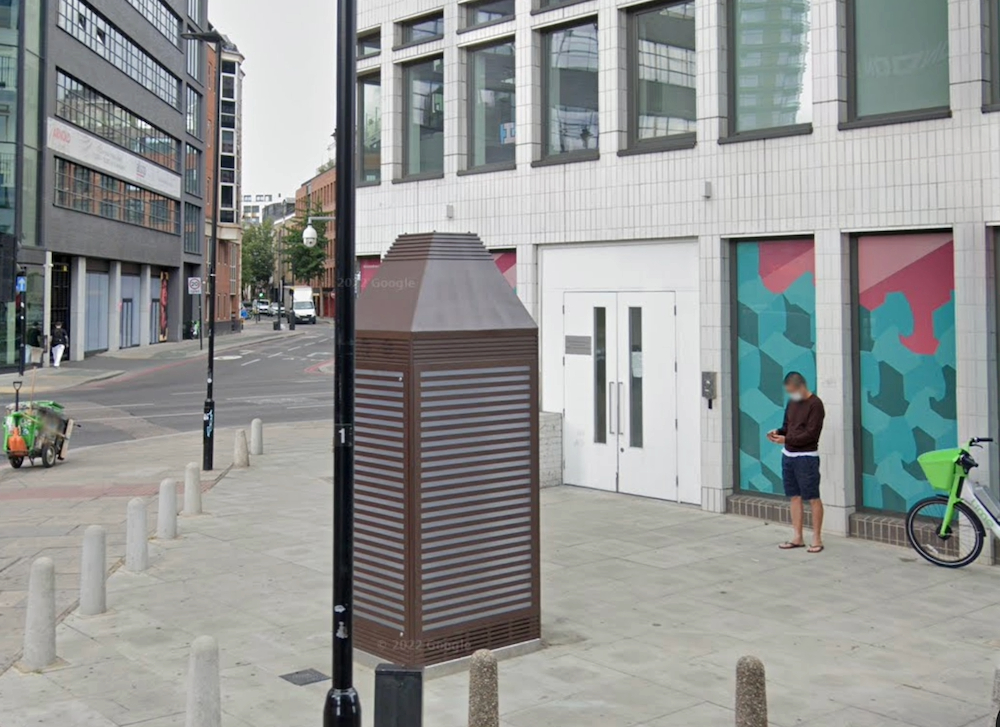AWS game tech team is now also officially reselling the Edgegap’s orchestration service
Colt Technology Services has signed a deal with gaming-specialist server orchestration platform Edgegap that will use the telco’s edge computing platform and network on demand connectivity to support a game server on the street of London.
The deal comes as a recent survey by market research firm Savanta has shown that one-third of dedicated gamers 33%, hailing from seven different global markets, have already ventured into the realm of cloud gaming services. 10% of casual gamers had also dipped their toes into cloud gaming.
Colt chose CIN’s Street Arc build for the underlying digital infrastructure supporting the gaming application. The integration dramatically improves multiplayer gaming experiences for Londoners, eliminating lag and latency. The installation in the City of London’s first game server deployment was Hiber’s web-based metaverse platform HiberWorld (pictured above).
By leveraging its patented technology, Edgegap said it ensures “near-zero latency”, by deploying game servers, or “instances,” in locations closest to players.
“The traditional public cloud, often situated far from both urban and rural populations, is prone to introducing lag between players because of the distances. This hampers performance and leads to a lesser multiplayer experience for gamers,” said Colt VP innovation Mirko Voltolini.
“Working with Edgegap means we can continue to provide the best level of service for our customers and empower game developers and publishers to give their players the best experience possible,” he added.

Coming to a street corner near you
Edgegap – which manages game servers of behalf of game companies – is one of many players, from telcos, hyperscalers, CDN providers and OTT providers like Netflix, now scrambling to ride the cloud gaming ecosystem wave.
Edgegap CEO and founder Mathieu Duperré told Mobile Europe to improve player experience the company must enhance network connectivity and provide lower latency, less jitter, and fewer packet drops. “That’s why getting physically closer and reducing the number of network connections between players is critical in increasing the quality of their experience,” he said.
“We are adding more locations every month,” he said. “What’s new is the form factor of Colt’s edge computing infrastructure. We are working with various providers deploying such edge infrastructure worldwide, our goal being to provide tens of thousands of locations to game developers through a simple API call.”
He added: “We cannot name the other providers in Europe now as there is a race between providers to build [that] infrastructure as quickly as possible.”
“Considering the frequent outages and performance glitches from the industry’s major players, it is obvious that the era of relying solely on expensive centralised infrastructure is coming to an end,” he said. “And, with performance expectations of gamers continuing to rise, we firmly believe in the importance of moving to a more hybrid, distributed approach if those expectations are to be met.”
Amazon boost for gaming
To accelerate the company’s rollout, Edgegap recently joined the Amazon Web Services (AWS) Partner Network (APN) meaning game developers globally on-demand access to its solutions in all AWS Regions and Availability Zones – instant deployment and automated scalability for multiplayer games to studios and publishers.
“Our objective is to get closer and closer to players. Getting yet another data centre in Frankfurt is not our objective,” said Duperré. “We see the network as roads and game latency as the time it takes to drive from your house to your office. If we can bring your office closer to your home, that means less travel time.”
“We see infrastructure the same way; adding more regions like the AWS local zone is critical in providing the best possible experience,” he added. “We don’t want to compete with cloud providers; Edgegap does not own a single server. We built the highest-performing game and application orchestration platform on the market and to perform, it needs as many locations as possible. That’s why we currently have 550+ physical sites, and we’re looking to increase this number even further.”
The AWS game tech team is now officially reselling the Edgegap service. “It means AWS will offer the low latency orchestration to their existing customers and prospects, increasing Edgegap sales range and helping AWS get more games to leverage every AWS region, including the local zone,” said Duperré.
“Today’s market is mainly made of game developers leveraging a handful of centralized locations (i.e., 4-5 regions) since their current architecture forces them to pick regions and steer the traffic centrally,” he said. “The largest studio in the world [Riot Games] is already leveraging distributed infrastructure but not every studio can invest the time, money, and efforts in such complex infrastructure.”



